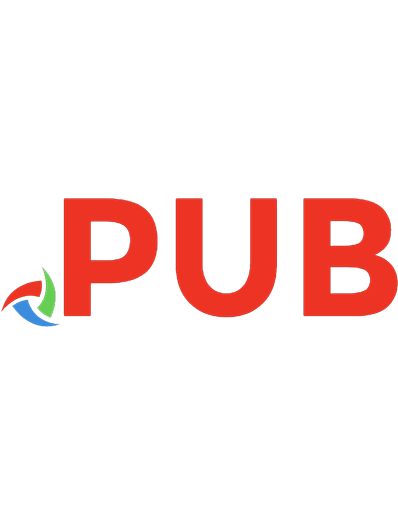Fascial Stretch Therapy [2 ed.] 9781912085675, 9781912085682, 1912085674
The beautiful new edition of this highly successful book, written by Ann and Chris Frederick, directors of the Stretch t
1,396 665 115MB
English Pages 196 Year 2020
![Fascial Stretch Therapy [2 ed.]
9781912085675, 9781912085682, 1912085674](https://dokumen.pub/img/200x200/fascial-stretch-therapy-2nbsped-9781912085675-9781912085682-1912085674.jpg)
- Author / Uploaded
- A. Frederick
- C. Frederick
- Commentary
- manual for any massage therapist, movement instructor, physical or occupational therapist, athletic or sports trainer, fitness instructor or osteopath
Table of contents :
Contents
Key to icons
About the authors
Preface
Foreword to first edition
Foreword to second edition
Acknowledgments
Introduction
SECTION 1
Chapter 1The Emergence of Assisted Stretching
Common stretching methods and approaches
Other stretching techniques
Summary and closing remarks
References
Chapter 2Research and the Science of Stretching
Pilot study
Acute effects of muscle stretching on physical performance range of motion, and injury incidence in healthy active individuals: a systematic review
Summary
Assisted stretching research
References
Chapter 3Fascial Stretch Therapy Dissected
Introduction
Ten Fundamental Principles of FST
1Synchronize breathing with movement
2Tune nervous system to current needs
3Follow a logical order
4Range of motion gains without pain
5Stretch neuromyofasciae, not just muscle
6Use multiple planes of movement
7Target the entire joint
8Get maximal lengthening with traction
9Facilitate body reflexes for optimal results
10Adjust stretching to current goals
Indications for FST
Contraindications for FST
Precautions for FST
Summary
References
Chapter 4Assessment
Introduction
Palpatory literacy
Movement vs motion quandary
Let’s START
Assessment techniques in a nutshell
SITTT
Assessment flow: global to local, static to dynamic
Myofascial testing
Joint testing
Nerve testing
Movement assessment summary
Table-based assessment
Passive movement
TOC assessment
Resistance to passive movement (R1–R3)
Resisted movement (FST PNF)
Summary
References
SECTION 2
Chapter 5FST – Lower Body Technique
Key Concepts for Technique
Introduction
The Ten Fundamental Principles of FST
Practical guide to implementing the Ten Principles
Range of motion evaluation
Tips for the practitioner’s success
Practical Section
AGeneral assessment
BRange of Motion Evaluation Warm-up and FST PNF Stretch – Bent Leg Single Joint
CRange of Motion Evaluation, Warm-up and FST PNF Stretch – Straight Leg and Multiple Joints
DRange of Motion Evaluation, Warm-up and FST PNF Stretch
ELateral Net
FRepeat Entire Series on the Right Leg B through D
GPelvic Stabilization and Sacral Set
HLunge: Back, Hip, Knee Extension, Ankle Dorsiflexion – Gastrocsoleus – SBN Lower Leg
Chapter 6Upper Body Technique
AGeneral Evaluation
BSide Lying
CRange of Motion Evaluation, Warm-up, and FST PNF Stretch
DROM Evaluation Warm-up and FST PNF Stretch
ESitting Stretches
FFloor Stretches
GStanding Stretch
Glossary
Index
![Fascial Stretch Therapy (true epub) [1 ed.]
9781909141438](https://dokumen.pub/img/200x200/fascial-stretch-therapy-true-epub-1nbsped-9781909141438.jpg)








